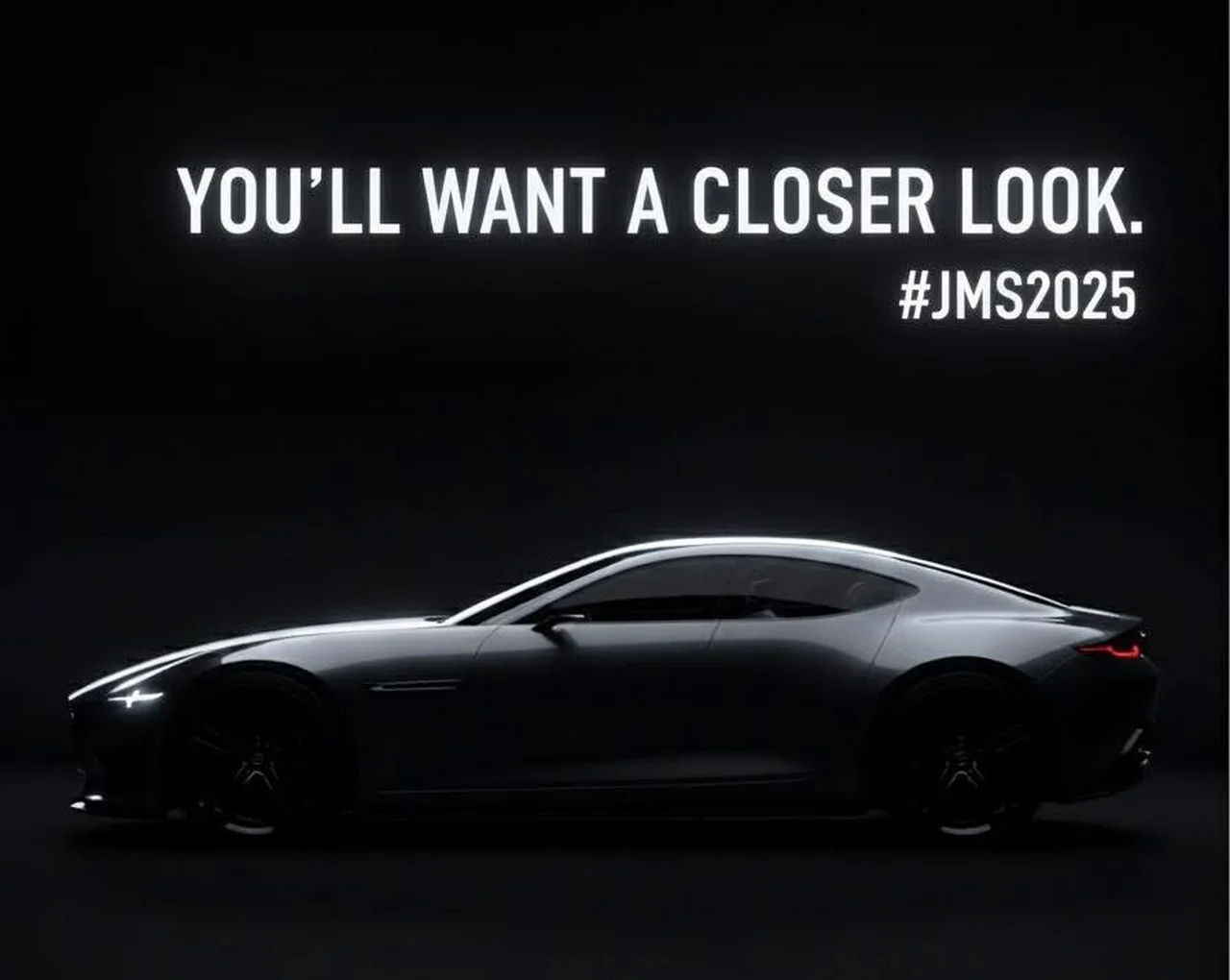Rebooting the 2027 Chevy Bolt: A Complex Undertaking
Reports on manufacturing, labor and earnings with clear, practical context. Drives a Tesla Model 3 RWD; family hauler is a Volvo XC60.
The relaunch of the 2027 Chevrolet Bolt as a sub-$30,000 electric vehicle might look familiar on the outside, but its chief engineer reveals a transformative overhaul beneath the surface. The complexities involved in restarting production highlight the challenges and innovations that went into the new model.
The 2027 Chevrolet Bolt's exterior retains its familiar appearance, reminiscent of the Bolt EUV discontinued three years ago. However, beneath its steel frame lies an almost entirely new electrical architecture. Chief Engineer Jeremy Short divulged the intricacies of this transformation, emphasizing the difficulty of overhauling every electrical component while simultaneously relocating the Orion Assembly plant from Michigan to Fairfax, Kansas. This simultaneous retooling and redesign demanded rapid adaptations, often without the benefit of fully developed prototypes.
In April 2023, GM announced plans to cease Bolt production, with the last model rolling off the line in December of that year. Yet, overwhelming demand from loyal owners and internal GM advocates led to a reversal of this decision by July 2023. Pre-production models of the 2027 Bolt are now emerging from the Fairfax plant, with customer deliveries slated to begin in January. A significant upgrade accompanies the relaunch: the introduction of GM's first lithium-iron-phosphate (LFP) battery in a North American EV. This move, while cost-efficient, also marks a shift from the previous nickel-manganese-cobalt-aluminium cells.
The decision to utilize LFP cells represents a balancing act between cost and performance. While these cells offer 20 to 30 percent less energy density compared to their predecessors, they are significantly more affordable. Innovations in LFP technology have allowed the 2027 Bolt to maintain a 65 kWh battery capacity, resulting in an EPA-estimated range of 255 miles—an improvement over the 247-mile range of the 2022 Bolt EUV. The challenge was to fit these new cells into the existing casing, maintaining the same structural footprint while accommodating different module layouts and wiring.
A standout feature of the new Bolt is its enhanced charging capability. With a maximum charging rate of 150 kilowatts, owners can expect a 10-to-80 percent charge in approximately 26 minutes under optimal conditions—a significant improvement from the previous model's 55-kW rate. This rapid charging capability was rigorously tested during a 12,000-mile journey involving multiple charging networks, consistently delivering the anticipated performance. Additionally, the 2027 Bolt is the first Chevrolet EV to come standard with Tesla's NACS charging port, offering broader compatibility for charging infrastructure.
The overhaul extends to the vehicle's internal systems, with a shift from the 2017-era 'Global A' architecture to the advanced 'Global B' system. This upgrade brings enhanced processing power, over-the-air software updates, and improved cybersecurity measures. Safety features like rear cross-traffic alert and automatic braking are now standard. The Bolt also offers Vehicle-to-Home (V2H) capabilities, allowing it to power a home during outages. Notably, GM has removed Android Auto and Apple CarPlay, opting for a proprietary system they claim offers better integration.
The 2027 Bolt shares several components with the Chevrolet Equinox EV, enhancing cost efficiency through shared parts. The Bolt's powertrain, featuring the X76 motor, provides 210 horsepower but reduced torque due to the characteristics of the LFP battery. Despite these changes, the Bolt maintains its accessibility with a starting price of $29,990, aiming to appeal to budget-conscious consumers looking for a reliable, affordable electric vehicle. While the exterior might not signal drastic change, the innovations beneath make the 2027 Bolt a flagship for affordable EV advancements.
About Priya Nair
Reports on manufacturing, labor and earnings with clear, practical context. Drives a Tesla Model 3 RWD; family hauler is a Volvo XC60.



